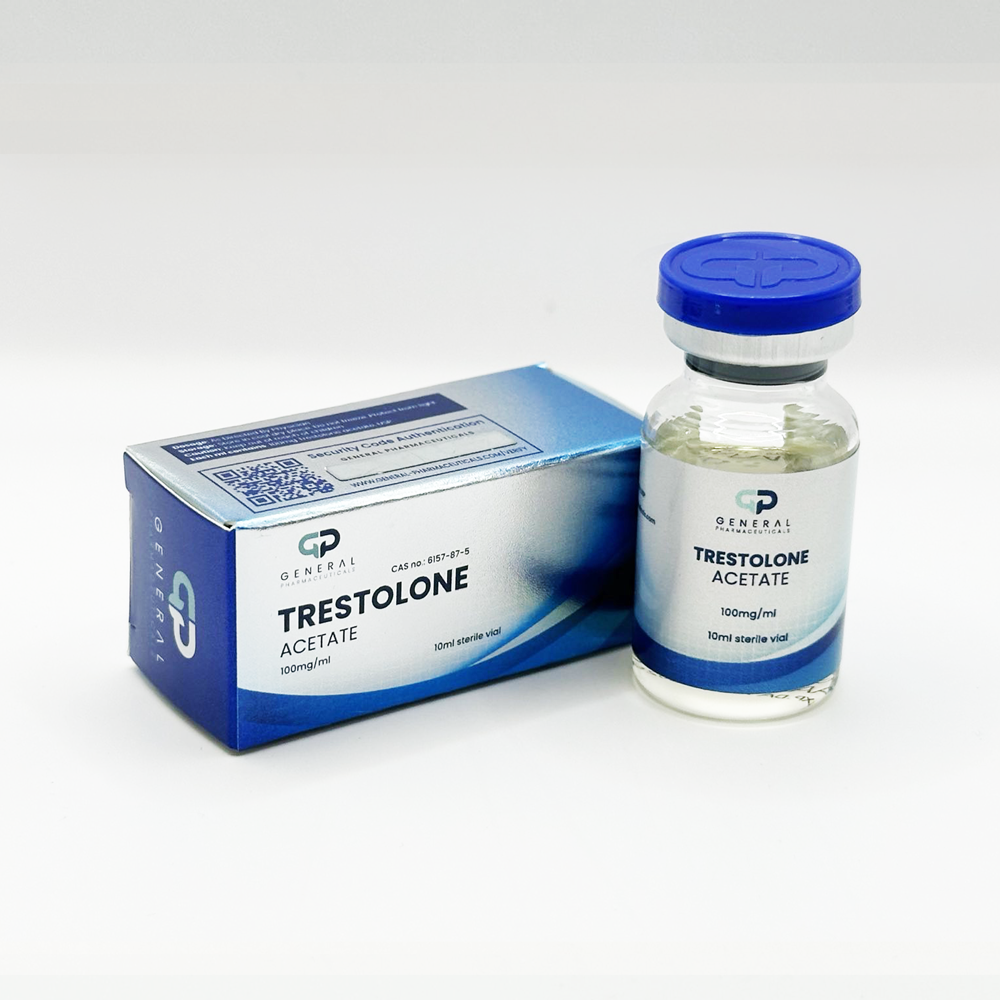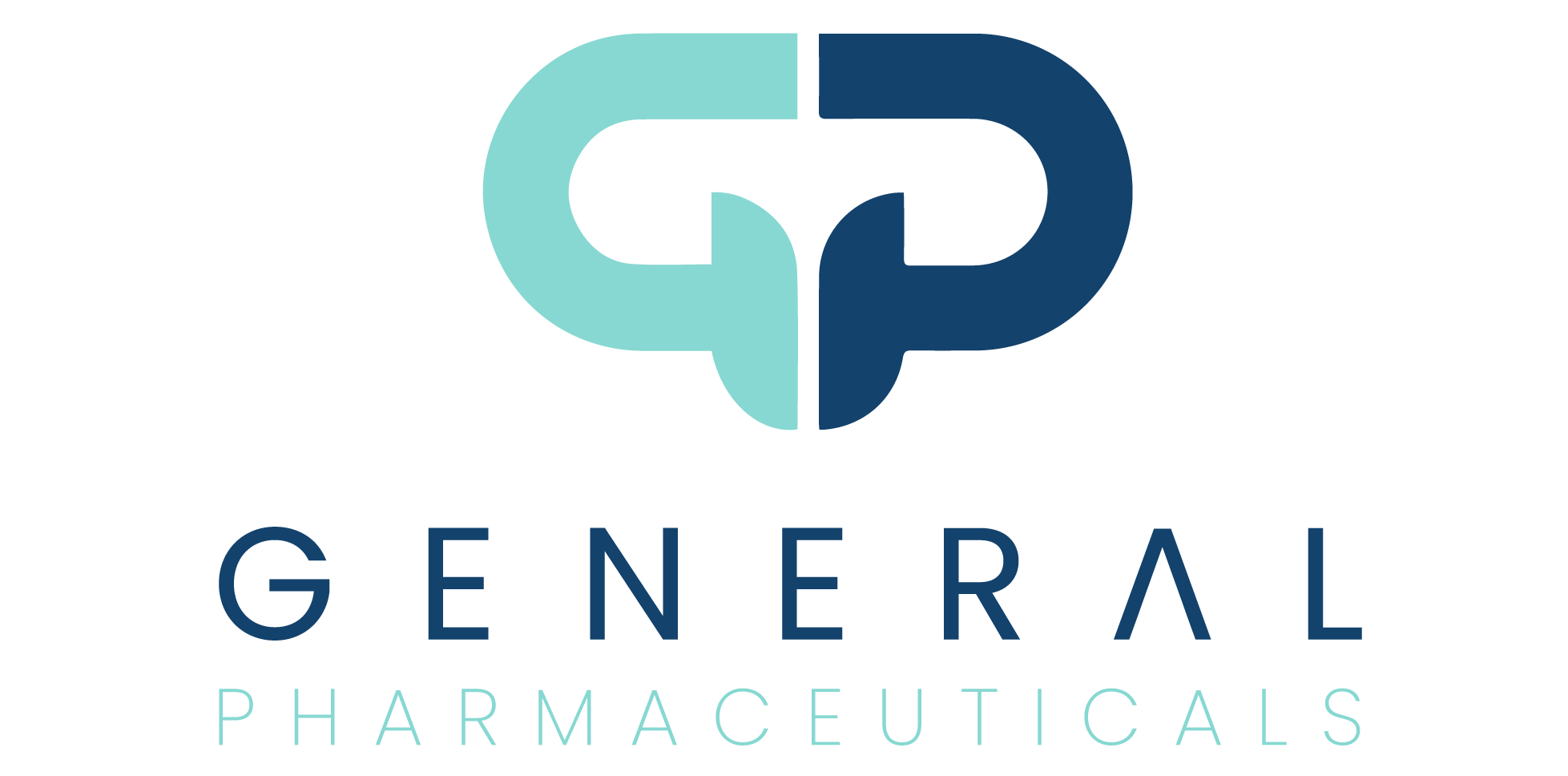
Trestolone Acetate
Trestolone Acetate, also known as 7α-Methyl-19-nortestosterone acetate, is a synthetic anabolic steroid and androgenic compound that has gained attention for its potential applications in the field of hormone replacement therapy (HRT) and performance enhancement. This compound is closely related to the hormone nandrolone, but with modifications that increase its potency and efficiency.
Medical Uses
Trestolone Acetate is primarily studied for its potential as a male contraceptive and in hormone replacement therapy (HRT). It has shown promise in increasing testosterone levels in men with low testosterone or those experiencing symptoms related to testosterone deficiency, such as low libido, fatigue, and loss of muscle mass. Additionally, Trestolone Acetate has been explored for its role in the treatment of osteoporosis, where its ability to stimulate bone growth may benefit individuals suffering from bone density loss.
In clinical settings, it is also being investigated for its potential in enhancing muscle mass and strength, making it a subject of interest for medical professionals involved in the care of patients with conditions such as muscle-wasting diseases.
Mechanism of Action
Trestolone Acetate works by binding to androgen receptors in various tissues, including muscle, bone, and reproductive organs. As a potent androgenic compound, it activates these receptors, which results in a cascade of biological effects that promote the development of secondary male characteristics, such as increased muscle mass, strength, and bone density. The acetate ester allows for a slower release and longer half-life in the body, making it effective for sustained action.
Trestolone also suppresses the natural production of testosterone and other androgens in the body, which is why it is often used in controlled therapeutic environments. The compound increases protein synthesis in muscles, aiding in muscle growth and recovery.
Side Effects
As with other anabolic steroids and androgenic compounds, Trestolone Acetate may lead to a range of side effects, particularly when used in high doses or for prolonged periods. Some of the potential side effects include:
-
Hormonal Imbalance: Trestolone Acetate can suppress natural testosterone production, leading to issues such as reduced libido, erectile dysfunction, and testicular atrophy.
-
Cardiovascular Effects: Long-term use may increase the risk of cardiovascular issues, including high blood pressure, heart attack, and stroke.
-
Liver Toxicity: There is a possibility of liver strain or toxicity with prolonged use, although this is less common compared to other steroids.
-
Mood and Mental Health: Mood swings, aggression (often referred to as “roid rage”), anxiety, and depression are potential psychological side effects.
-
Other Effects: Acne, hair loss, and changes in cholesterol levels (increased LDL and decreased HDL) are also common.
Interactions
Trestolone Acetate may interact with other medications, and caution should be exercised when combining it with other drugs. Some potential drug interactions include:
-
Corticosteroids: Combining Trestolone with corticosteroids may increase the risk of edema and water retention.
-
Anticoagulants: Trestolone may affect blood clotting and, when combined with anticoagulants, could increase the risk of bleeding.
-
Diabetes Medications: Steroids like Trestolone may alter glucose metabolism and interfere with diabetes medications, requiring closer monitoring of blood sugar levels.
-
Liver-Enzyme Inhibitors/Inducers: Drugs that affect liver enzymes can alter the metabolism of Trestolone, potentially increasing or decreasing its effects.

